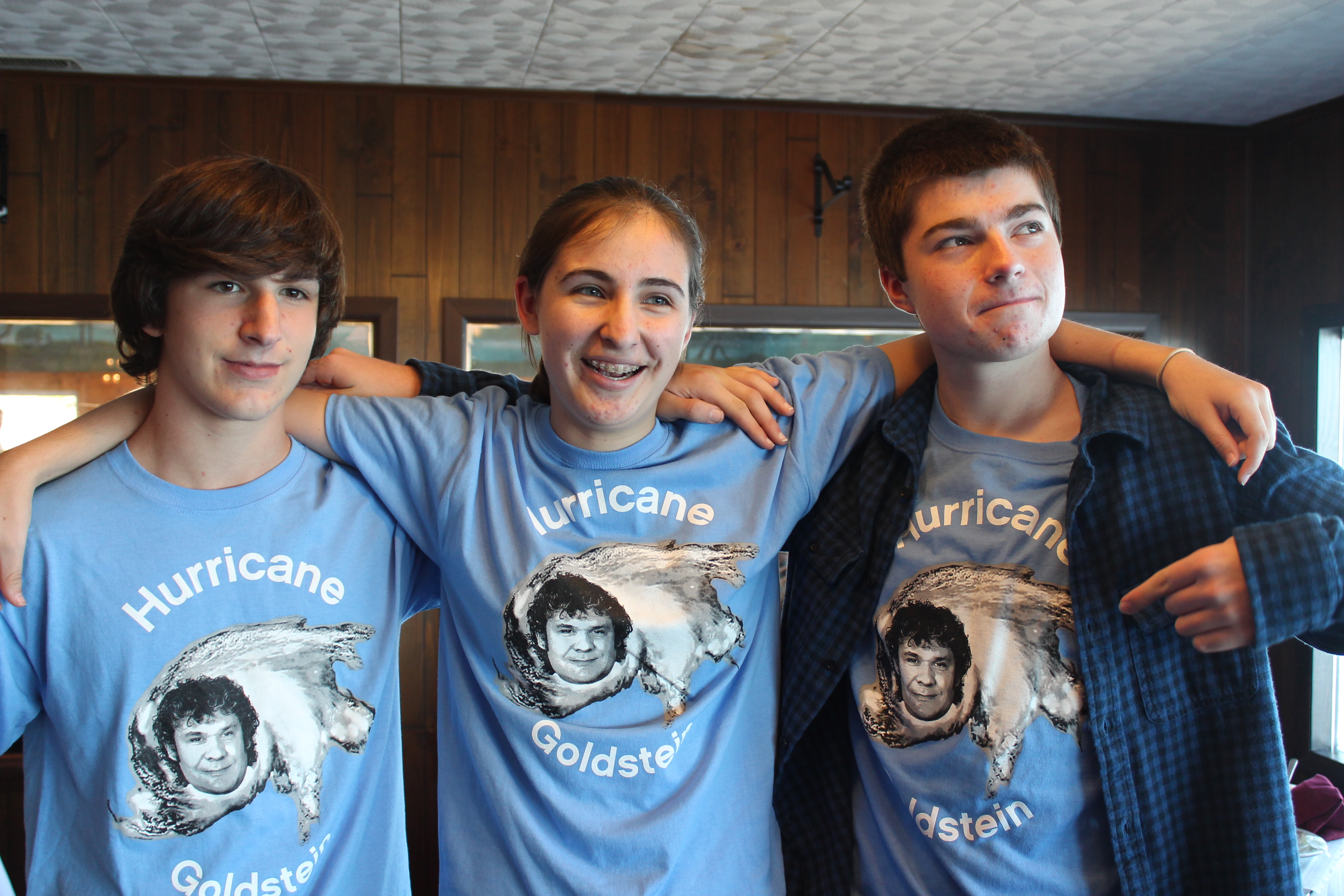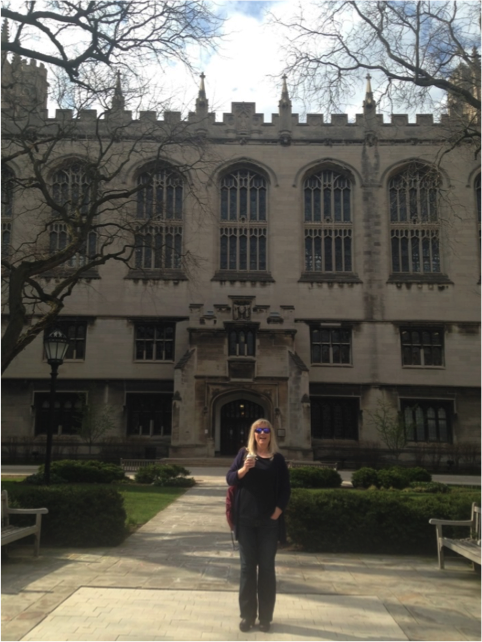
We met Rachel Lindbergh and her mother, Stacey, at the ISS Conference this summer in Boston. Rachel can share a story not many people can: her research blew up on it’s way to space. Twice. Rachel shared her story of how until she participated in hands-on STEM research in the classroom, she wasn’t too interested. in science-learning. But after participating in the Student Spaceflight Experiment Program – a program of the National Center for Earth and Space Science Education, in strategic partnership with NanoRacks/DreamUp- she has decided to pursue Physics at the University of Chicago. This is the second of two blog posts- one from Rachel, and one from her mother’s perspective. We hope you enjoy!
Stacey Lindbergh: This Is Real Spaceflight
I grew up the daughter of a professor, Dr. Charles Lindbergh (really, no kidding), who had a Ph.D. in structural engineering. To this day, he was the most passionate person I have ever met about their profession. For Dad, going to work every day was like going for the first time to Disney World is for a kid. There was nothing he enjoyed more than teaching his engineering students at the United States Air Force Academy or at The Citadel. He was, however, concerned there was not enough females in STEM fields, way back in the 1970’s and 80’s, before the practice was commonplace. He started numerous STEM outreach programs over his tenure. Nothing made him happier then when he saw the igniting spark of excitement catch fire in a young person’s eye for research and science. The irony was he never was able to convert his own daughter; sadly the Lindbergh STEM gene skipped a generation and really only came alive with my daughter, Rachel.
My father has been gone now for over a decade, but when Rachel was five-years-old, I remember him excitingly running in the house to tell me that he had been fixing something in the yard with Rachel “helping” him and he was convinced she had “natural” engineering talent. I rolled my eyes and laughed to myself, but secretly I hoped he was right.
Several months later, my father died unexpectedly, and Rachel never had the opportunity to grow up with the influence of her grandfather to guide her towards STEM and share his wonder with engineering.
I tried my best, always mentioning it as a great career path, sharing stories of her grandfather’s passion and work, introducing her to his former students, and taking her to STEM camps and events. But nothing worked; my efforts were met with typical teenager disdain and disinterest.
Then fate stepped in with the Student Spaceflight Experiment Program (SSEP) and Rachel had the opportunity to work on SSEP with a great science teacher and encouraged by the wonder of sending a real experiment to the International Space Station (ISS).
Throughout the SSEP experiment process, I watched her passion for research and space grow and she learned to revere Dr. Jeff Goldstein, Center Director of the National Center for Earth and Space Science Education (NCESSE). He had the same passion and love for his profession as my father and the commitment and patience to share that love and knowledge with students. Moreover, like my father, Dr. Goldstein believes it is important and the right thing to do.
Thankfully for Dr. Goldstein, SSEP, NanoRacks,, CASIS and all the generous donors that make SSEP a fantastic reality for students across the country, my daughter Rachel has been able to catch the passion for space exploration and will be attending the University of Chicago this fall to study astrophysics. With the experiences and accomplishments afforded her by SSEP, she was accepted to a top tier college and awarded a generous grant that made attending possible for her, something as a single Mother I would not have been able to afford by myself.
My father has not been with us to marvel and delight in Rachel’s SSEP space adventure, but I know he is up in the heavens cheering her on and someday, because of SSEP she may be able to help the space program enable people and spacecraft to join him up in the stars.
Stacey Lindbergh is a Senior Business Developer at the South Carolina Research Authority (SCRA) and is the Executive Director of SCRA’s Medical Enterprise Technology Consortia.
###

